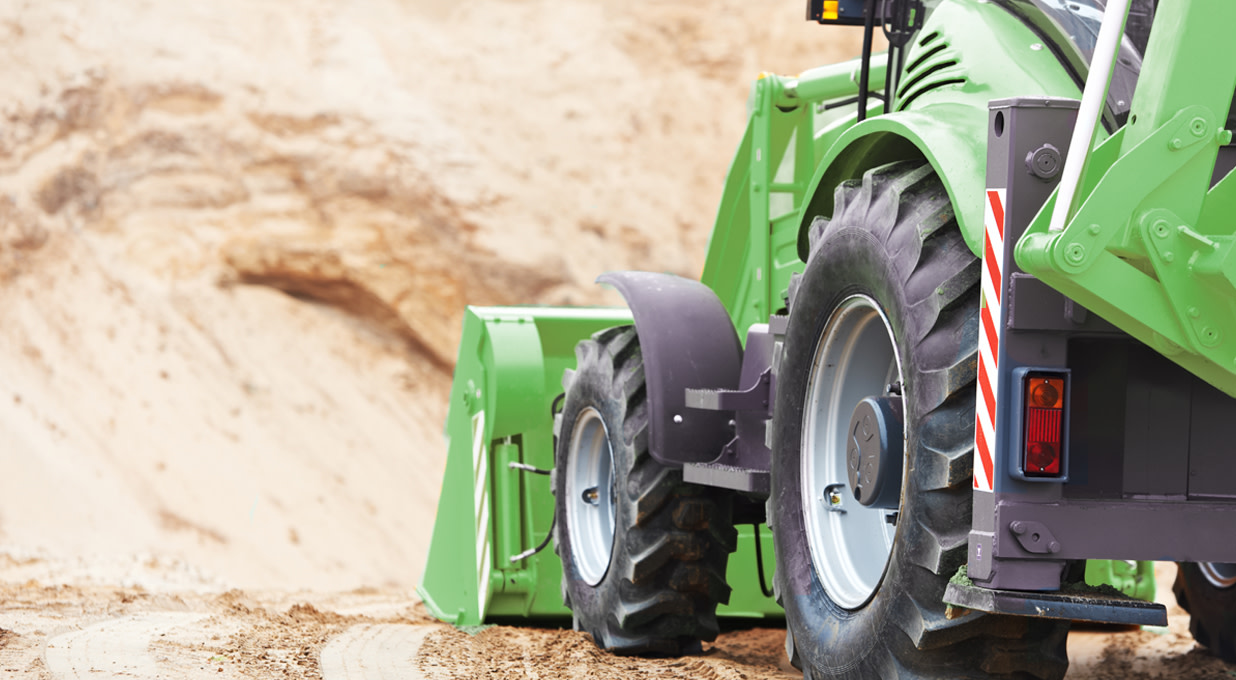Ashtead reported full-year revenue growth of 12%, ignoring currency moves, to $10.9bn (Q4 +7%). Underlying operating profit rose 5% to $2.8bn. Results in the final quarter were slightly worse than expected.
Free cash flow fell from $531mn to $216mn, mainly due to higher capital expenditure. Net debt rose by $1.7bn to $10.7bn.
The group expects rental revenue to grow 5-8% for the new year, and to deliver $1.2bn of free cash flow. Management said end markets in the US remain ‘robust’.
The board has proposed a final dividend of 89.25 cents per share, for a total of 105.0 cents per share for the year.
The shares fell 4.3% following the announcement.
Our view
Hot off the heels of rumours that Ashtead may be looking to move its main listing to the US, this was a slightly soft set of results. Whether you look at revenue, profit, or guidance, there wasn’t much for markets to get excited about. And after several disappointments of late, management can be forgiven for giving slightly conservative guidance.
Markets may not have reacted well, and Ashtead’s growth is slowing, but it’s worth keeping things in context. Recent performance has been at record levels and Ashtead is still demonstrating its strength, just in a softer market.
North America remains the real growth opportunity, and over the medium term, we still think the outlook is promising. There are several growth drivers here, ranging from the onshoring of supply chains to government legislation looking to expand infrastructure and chip manufacturing.
Ashtead's scale and expertise are proving valuable, and the group's taking around 30% market share of these mega projects in the US. The bigger players have an advantage in the fragmented industry, and the balance sheet's being flexed to snap up smaller players in the space.
Growing the speciality business is also a key strategy (things like scaffolding, flooring and air conditioning). These businesses present a varied income stream for Ashtead which should help provide a little more resilience during downturns.
But, in the end, construction is a cyclical business. Demand tends to ebb and flow alongside economic conditions. In the key US market, the chance of lower economic output remains a risk - even if there's not technically a recession in the region.
Debt has risen as investment in expansion continues, but the balance sheet is in reasonable health and means the group can invest to meet the extra demand - opening new stores, expanding its rental fleet and pursuing its strategy of bolt-on acquisitions, where appropriate, too. Investment is set to calm in coming year, as the focus shifts from expansion to cash retention.
Longer term, we're supportive of the sector with several structural tailwinds underway and we prefer larger-scale names like Ashtead. We continue to expect growth in the top and bottom lines, and still see some upside to the current valuation. But despite some softer growth, valuation moves this year have been positive, increasing the chances of poor reactions to missteps.
Ashtead key facts
All ratios are sourced from Refinitiv, based on previous day’s closing values. Please remember yields are variable and not a reliable indicator of future income. Keep in mind key figures shouldn’t be looked at on their own – it’s important to understand the big picture.
This article is not advice or a recommendation to buy, sell or hold any investment.No view is given on the present or future value or price of any investment, and investors should form their own view on any proposed investment.This article has not been prepared in accordance with legal requirements designed to promote the independence of investment research and is considered a marketing communication.Non - independent research is not subject to FCA rules prohibiting dealing ahead of research, however HL has put controls in place(including dealing restrictions, physical and information barriers) to manage potential conflicts of interest presented by such dealing.Please see our full non - independent research disclosure for more information.


